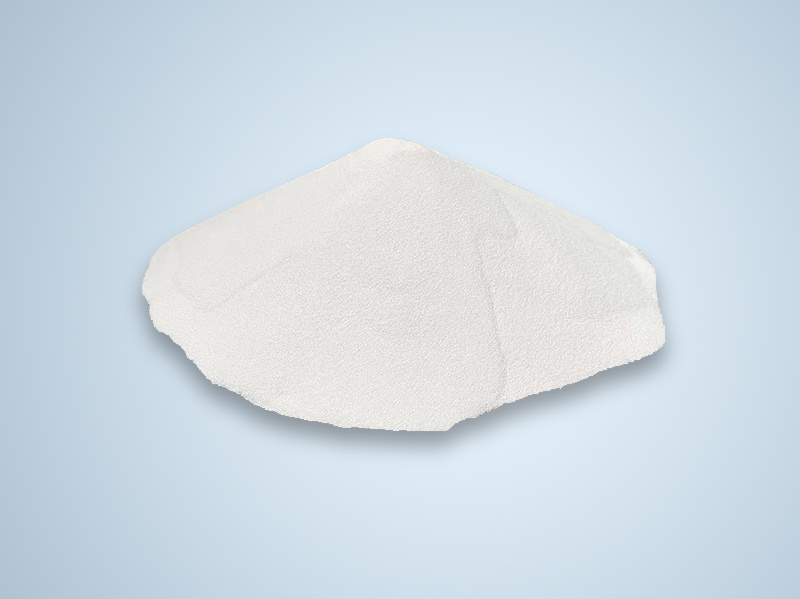The key technical problems of ultrafine powder – dispersion and agglomeration

The agglomeration of ultrafine powder refers to the phenomenon that the original powder particles are connected to each other during the preparation, separation, processing and storage processes, and multiple particles form larger particle clusters. It is currently believed that there are three main reasons for the agglomeration of ultrafine powders: intermolecular forces causing agglomeration of ultrafine powders; electrostatic forces between particles causing agglomeration; and particle adhesion in the air.
1. Intermolecular forces cause ultrafine powder agglomeration
When the mineral material is ultrafine below a certain level, the distance between particles is extremely short, and the van der Waals force between particles is much greater than the gravity of the particles themselves. Therefore, such ultrafine particles tend to attract each other and agglomerate. Hydrogen bonds, adsorbed wet bridges and other chemical bonds on the surface of ultrafine particles can also easily lead to adhesion and aggregation between particles.
2. Electrostatic forces between particles cause agglomeration
During the ultrafine process of mineral materials, due to impact, friction and reduction in particle size, a large amount of positive or negative charges accumulate on the surface of new ultrafine particles. Some of the protrusions on the surface of these particles are positively charged and some are negatively charged. These charged particles are extremely unstable. In order to become stable, they attract each other and contact and connect with each other at the sharp corners, causing the particles to agglomerate. This process is The main force is electrostatic force.
3. Adhesion of particles in air
When the relative humidity of the air exceeds 65%, water vapor begins to condense on the surface of the particles and between the particles, and the agglomeration effect is greatly enhanced due to the formation of liquid bridges between the particles.
Dispersion of ultrafine powder
The dispersion of ultrafine powders mainly focuses on the dispersion state of particles in the gas phase medium and the dispersion state in the liquid phase.
Dispersion method in liquid phase: 1. Mechanical dispersion method. (The mechanical dispersion method is a method that uses mechanical energy such as external shear force or impact force to fully disperse nanoparticles in the medium. Mechanical dispersion methods include grinding, ordinary ball mill, vibration ball mill, colloid mill, air mill, mechanical stirring, etc.) 2. Chemical dispersion method 3. Ultrasonic method
Dispersion method in gas phase: 1. Dry and disperse 2. Mechanical dispersion (Mechanical dispersion refers to using mechanical force to break up the agglomeration of particles. Its necessary condition is that the mechanical force should be greater than the adhesion force between particles. Usually the mechanical force is caused by the strong turbulent movement of the airflow caused by the high-speed rotating impeller disc or the jet and impact of the high-speed airflow.) 3. Electrostatic dispersion
There are many modification methods for ultrafine powder, which are also very different from the previous mainstream methods. However, no matter which method is used, it is necessary to further study the modification principle of ultrafine powder and find a new modification method that is suitable for various modification requirements and can be applied to actual production.
